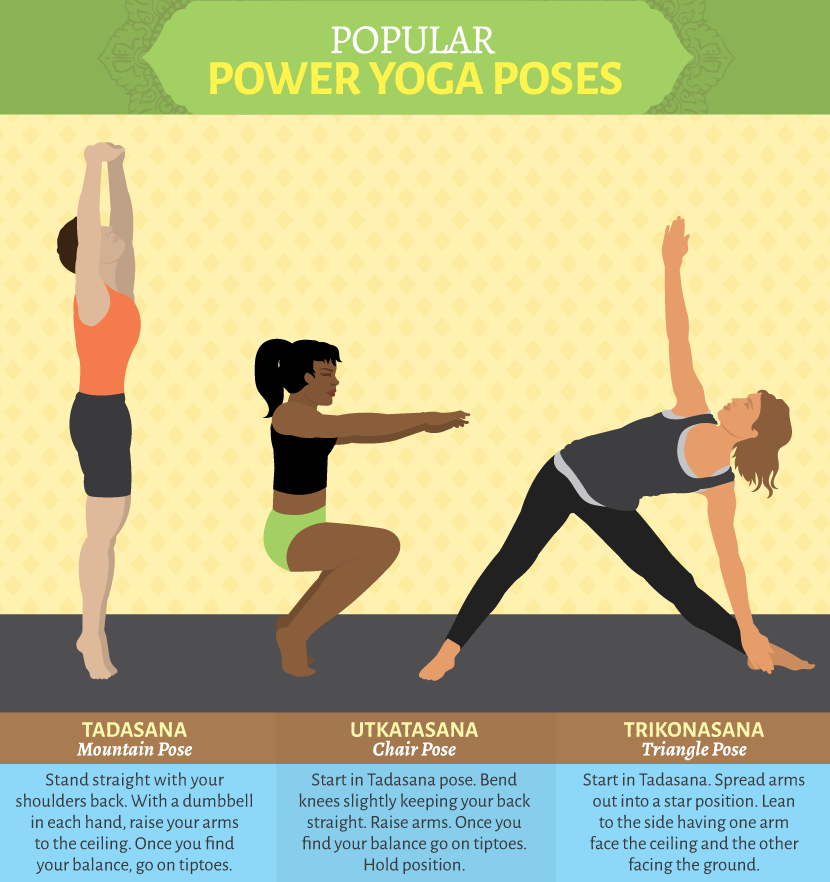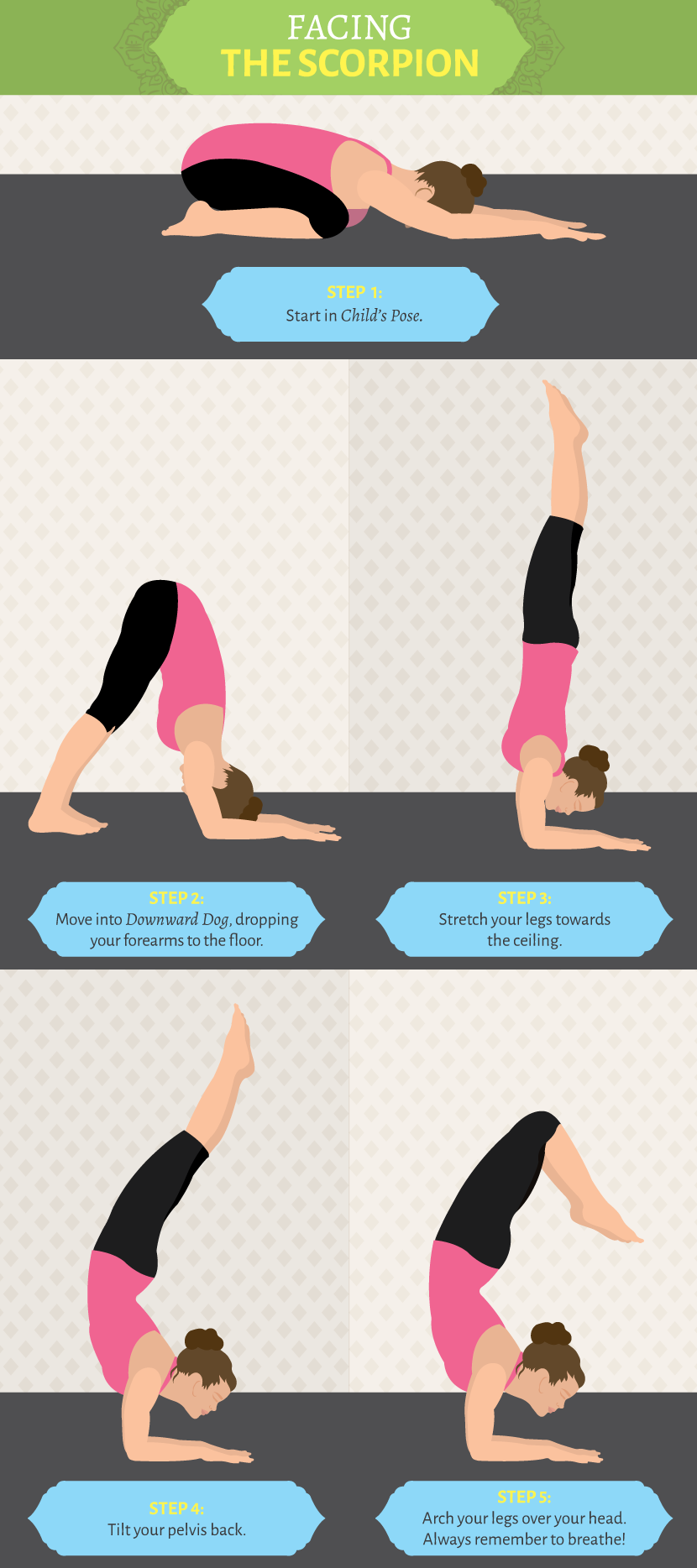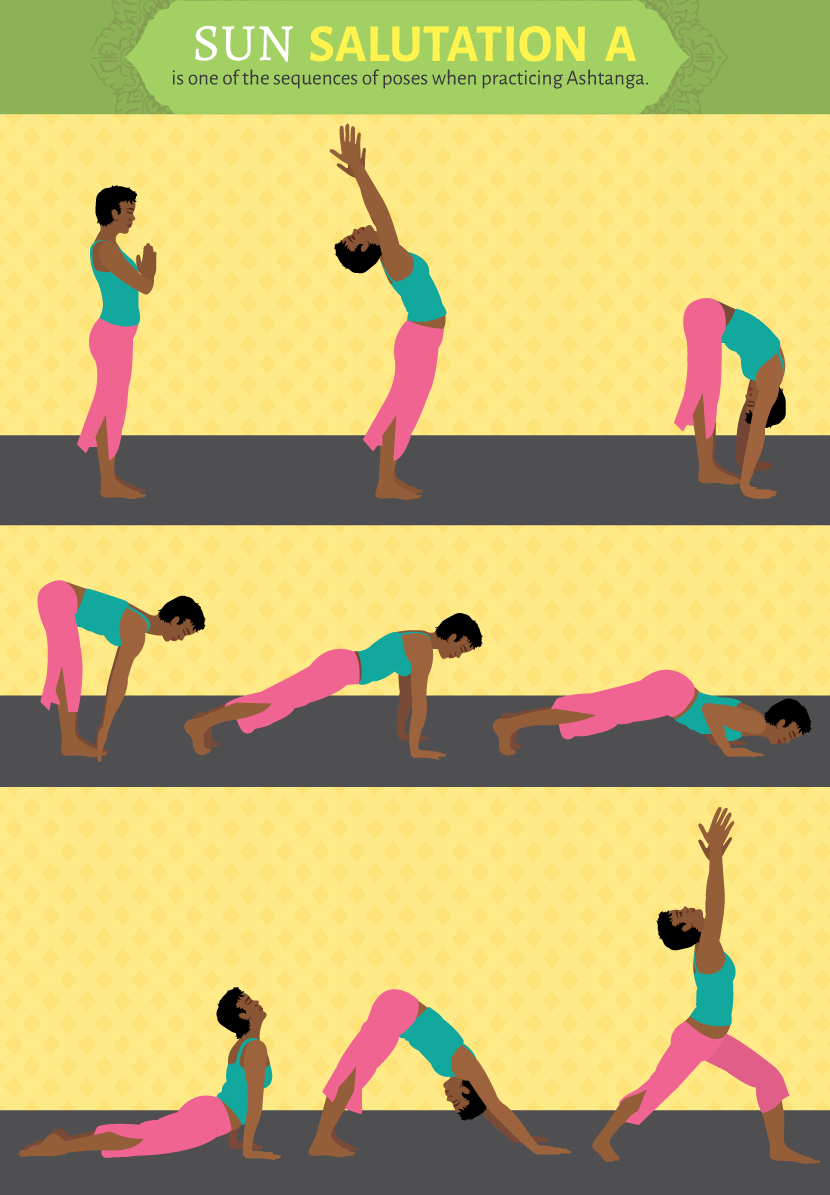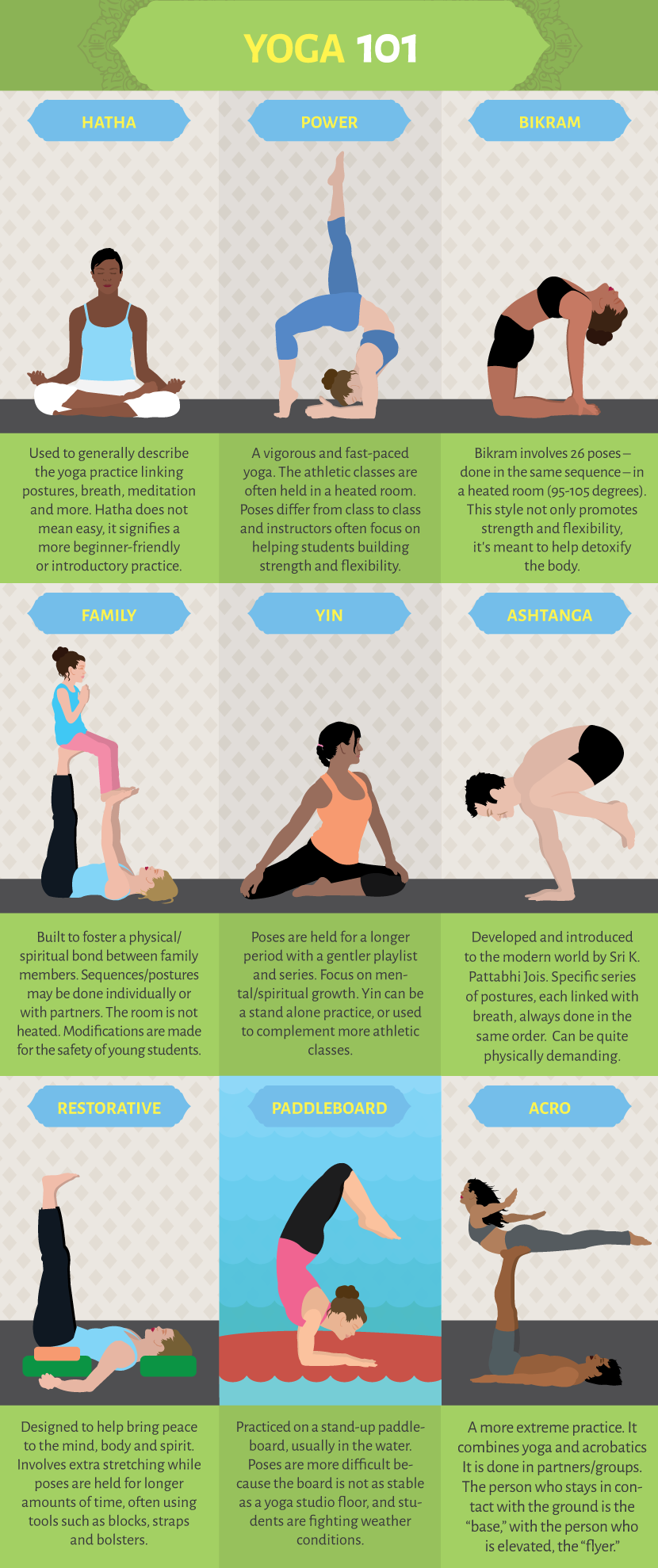Which Yoga is Right for You?
Choosing a Yoga Style
Namaste, friends.
It’s time to talk yoga. I know, I know... downward dogs and ommmmmm, right?
Well, sure, if you’re in certain styles of yoga, but what about handstands, and silks, and push-ups, and partners?
They’re all part of the yoga lexicon, and if you think yoga isn’t for you, I want to try to change your mind.
I get it. Like so many things in life, it can be paralyzing to choose from the enormous array of workouts, even in this
narrow vertical. Ashtanga, power, bikram, aerial, hatha, yin. What does it all mean? And more importantly, which one will
work for your needs?
First things first, when trying to pick a yoga style that is best for you, it is helpful if you understand some of the standard verbiage. Here are some short definitions
of common phrases heard in yoga classes (but each one has a much more detailed definition, so if you’re interested, ask your instructor to help explain!)
Asana
A yoga pose or posture.
Chaturanga Dandasana
A yoga asana often included in sun salutations and other vinyasas;
it looks like a push-up, but with elbows close to the body.
Ujjayi Breath
A vigorous form of breathing, meant to link breath with movement,
done in and out through the nostrils with mouth closed.
Vinyasa
A Sanskrit term with different meanings, used in many styles of yoga.
Typically, vinyasa/vinyasas refer to the flowing motions and movements that
link poses together, often accompanied with controlled breathing.
Let’s take a closer look at the type of person you are, and the type of yoga that will probably
suit your lifestyle best.
For Runners
Power yoga! This is my favorite style because it includes cardio, inversions, and lots
(and I mean, lots – holy sweatfest, BatYogi!) of challenging postures that build both strength and
flexibility. While there are plenty of modifications, this is a more advanced style of practice,
so it’s perfect to round out all of the work you’re doing when you log miles on the pavement.
Unlike other styles, power yoga doesn’t follow a specific series of postures or flows.
Some studios hold classes in a heated room, so make sure you talk with your instructor if
that’s a problem for you.

For Parents
One of my very favorite activities to do with my two-year-old is family yoga.
Sometimes we practice in a studio and often we just throw our mats down on the living room
floor, put on some fun music, and get our vinyasa on. My daughter is a sun salutation master
(her chaturanga puts mine to shame) and while I spend more time making the workout fun than
leading a true fitness activity, it’s a great opportunity to show her how to celebrate her body
and her strength, and to teach her a little bit about the basics of yoga.
Look for a “Mommy-and-Me” class (unfortunately, many go by that name, even though Daddy, Auntie, Grandma,
and others are welcome to take part), which are often open to kids as young as two. Of course, be cautious
with your little yogis: some postures may be too difficult for them to get into or to hold without partner
support, and any inversions should be done with supervision (to avoid any injury to the neck, back, or shoulders).
For Crossfit Addicts
Bikram yoga isn’t for everyone. Neither is Crossfit. It takes a special mental fortitude to take part in either activity,
which is why Crossfit addicts may find their home in a Bikram studio. In Bikram, the room is heated to more than
100 degrees, and instructors lead students through a series of 26 postures.
You’ll sweat before the first round, and you’ll certainly shake with every half moon pose, so be brave,
and strip down the minimum for comfort. These postures will challenge you both mentally and physically, and
if you love it, you’ll have a community of others who feel the same way.

For Beginners
Every yoga style can and should be modified for beginners. There’s no reason a newbie can’t be as comfortable in Bikram as they are in Yin.
But the latter style may help ease any discomfort a new yogi has. Yin poses are passive and held for longer lengths of time than in other practices.
That doesn’t mean it’s easy, but you wouldn’t be taking a 90-minute class if you wanted easy. Yin is more focused on a deeper awareness of your mental
and physical self, and usually has a quieter, more peaceful playlist.
Ashtanga is also a great style to consider – it leads students through a series of six sequences,
or series, which include postures that are linked together into vigorous flows. Instructors remind students
to focus on their breath, which leads to a very athletic practice.

For People with Injuries
Restorative yoga – can you say “ommmmm?” This style leads students through fewer poses, held for a
longer period of time, which can help blood flow to your injured or painful parts. Props are encouraged,
and instructors are generally more focused on customizing the practice to individual needs than in other styles.
For Stress Relief
Mantras can be very, very powerful, so why not find a class that’s heavy on the meditation? Almost every
style closes with at least a short period of quiet reflection, but most studios offer additional meditation
and stress relief workshops – even classes on chakras and healing oils!
For Extreme Adventure Lovers
Paddleboard yoga, anyone? How about acro yoga, done with a partner? Aerial silks? These styles are
trendy and growing quickly in popularity, because they completely dispel the notion that yoga must be
done in a quiet studio with candles and chants. In these activities, you’ll be pushed to and sometimes
past your perceived limits, and you may even forget that you’re practicing yoga at all.

Bottom line? Yoga is not one-style-fits all, so take the time to discover which type is right for you,
and which studio best fits your needs. Don’t be afraid to mix it up, or to build your own at-home practice
if you can’t find anything that suits you.
Embed the article on your site

